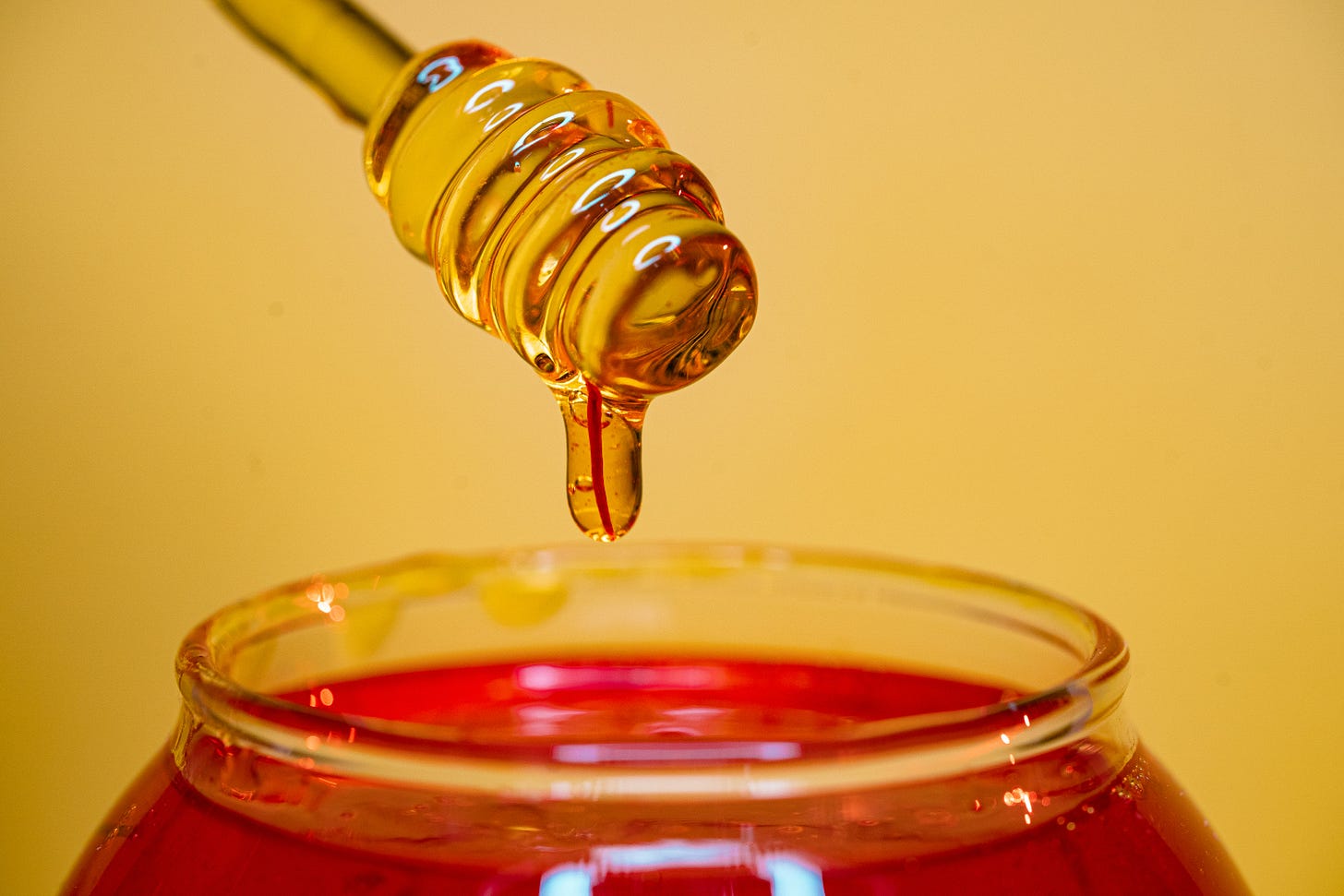Welcome to Thursday Things! If you enjoy this edition, please click the heart icon in the header or at the end of the post to let me know. You can also post a comment by clicking the dialogue bubble.
Free at last! Photo by Prateek Katyal on Unsplash
Public domain, free for all
As promised last week, it’s time once again to take a look at the books, songs, films, and other works that entered the public domain on January 1.
For reasons too complicated to go into now, each year copyright protection ends on a batch of works created in the last century. These works become free for all to publish, remix, reuse and enjoy, without having to get anyone’s permission. This year, works that first entered U.S .copyright in 1927 are open to all.1
As usual, the Center for the Study of the Public Domain at Duke Law School has an excellent round up of some of the works now available in the public domain:
January 1, 2023 is Public Domain Day: Works from 1927 are open to all!
For me, the headliner is the final collection of Sherlock Holmes stories written by Sir Arthur Conan Doyle. All of the original Holmes stories are in the public domain this year, meaning that the character Sherlock Holmes (along with Dr. Watson, Professor Moriarty) and all of his cases are fully free for authors, filmmakers, and other storytellers to use in new stories as they see fit.2 Want to team Holmes and Winnie the Pooh on a case? You can! Because they’re both in the public domain now.3
Here is a list of some well-known books that are now in the public domain:
Virginia Woolf, To the Lighthouse
Arthur Conan Doyle, The Case-Book of Sherlock Holmes
Willa Cather, Death Comes for the Archbishop
Countee Cullen, Copper Sun
A. A. Milne, Now We Are Six, illustrations by E. H. Shepard
Thornton Wilder, The Bridge of San Luis Rey
Ernest Hemingway, Men Without Women (collection of short stories)
William Faulkner, Mosquitoes
Agatha Christie, The Big Four
Edith Wharton, Twilight Sleep
Herbert Asbury, The Gangs of New York (the original 1927 publication)
Franklin W. Dixon (pseudonym), The Tower Treasure (the first Hardy Boys book) Note this was the original version, not the 1959 revised version which significantly changed the plot.)
You can find a more extensive list of works in the public domain at the Catalogue of Copyright Entries.
Films entering the public domain include:
Metropolis (directed by Fritz Lang)
The Jazz Singer (the first feature-length film with synchronized dialogue; directed by Alan Crosland)
Wings (winner of the first Academy Award for outstanding picture; directed by William A. Wellman)
Sunrise (directed by F.W. Murnau)
The Lodger: A Story of the London Fog (Alfred Hitchcock’s first thriller)
The King of Kings (directed by Cecil B. DeMille)
And from the world of music we have:
The Best Things in Life Are Free (George Gard De Sylva, Lew Brown, Ray Henderson; from the musical Good News)
(I Scream You Scream, We All Scream for) Ice Cream (Howard Johnson, Billy Moll, Robert A. King)
Puttin’ on the Ritz (Irving Berlin)
Again, visit the Public Domain Day 2023 site for longer lists and to learn a little more about what the public domain is and why it is so important both for preserving our cultural heritage and for adding to it.
“We’re in the public domain now, Watson.” Image: Portrait of Sherlock Holmes by Sidney Paget. Public Domain.
Sweet news about honey
Honey! It’s not just delicious, it’s also good for you, according to new research out of Canada. Which, frankly, is surprising, because I’d expect Big Maple Syrup to crush any positive research about rival sweeteners.
“Surprising” – Researchers Have Found That Honey Improves Key Measures of Cardiometabolic Health
According to a new study from researchers at the University of Toronto, consuming raw honey from a single floral source may have significant benefits for cardiometabolic health.
In a systematic review and meta-analysis of clinical trials, the researchers found that honey consumption was associated with lower fasting blood glucose, total and LDL (‘bad’) cholesterol, triglycerides, and a marker of fatty liver disease. Additionally, honey consumption was linked to higher levels of HDL (‘good’) cholesterol and some markers of inflammation.
The median daily dose of honey in the trials was 40 grams (or about two tablespoons for those of us who don’t think in grams.) But not just any honey will do:
Raw honey drove many of the beneficial effects in the studies, as did honey from monofloral sources such as Robinia (also marketed as acacia honey) — a honey from False Acacia or Black Locust Trees — and clover, which is common in North America.
It is also worth noting that most of the studies reviewed found benefits came from consumption of raw honey. Honey heated in the pasteurization process loses many of its health effects.
Read all the sweet details in “Effect of honey on cardiometabolic risk factors: a systematic review and meta-analysis” in Nutrition Reviews: https://doi.org/10.1093/nutrit/nuac086
Honey is your friend. Photo by Benyamin Bohlouli on Unsplash
Thank you!
Please click the hearts, leave a comment, and use the share feature to send this issue to a friend who might enjoy it. See you next Thursday!
Of course, as with anything involving the law, there are always a few exceptions. But generally, any work first published and copyrighted in the U.S. in 1927 or earlier is now in the public domain.
There was a long money-grubbing effort by the Doyle estate to artificially extend the copyright on Holmes, which you can read about here: ‘Sherlock Holmes and the Adventure of the Public Domain Character’ https://web.law.duke.edu/cspd/publicdomainday/2023/#sherlockholmes
But not Tigger. Tigger doesn’t bounce into the public domain until 2024.





